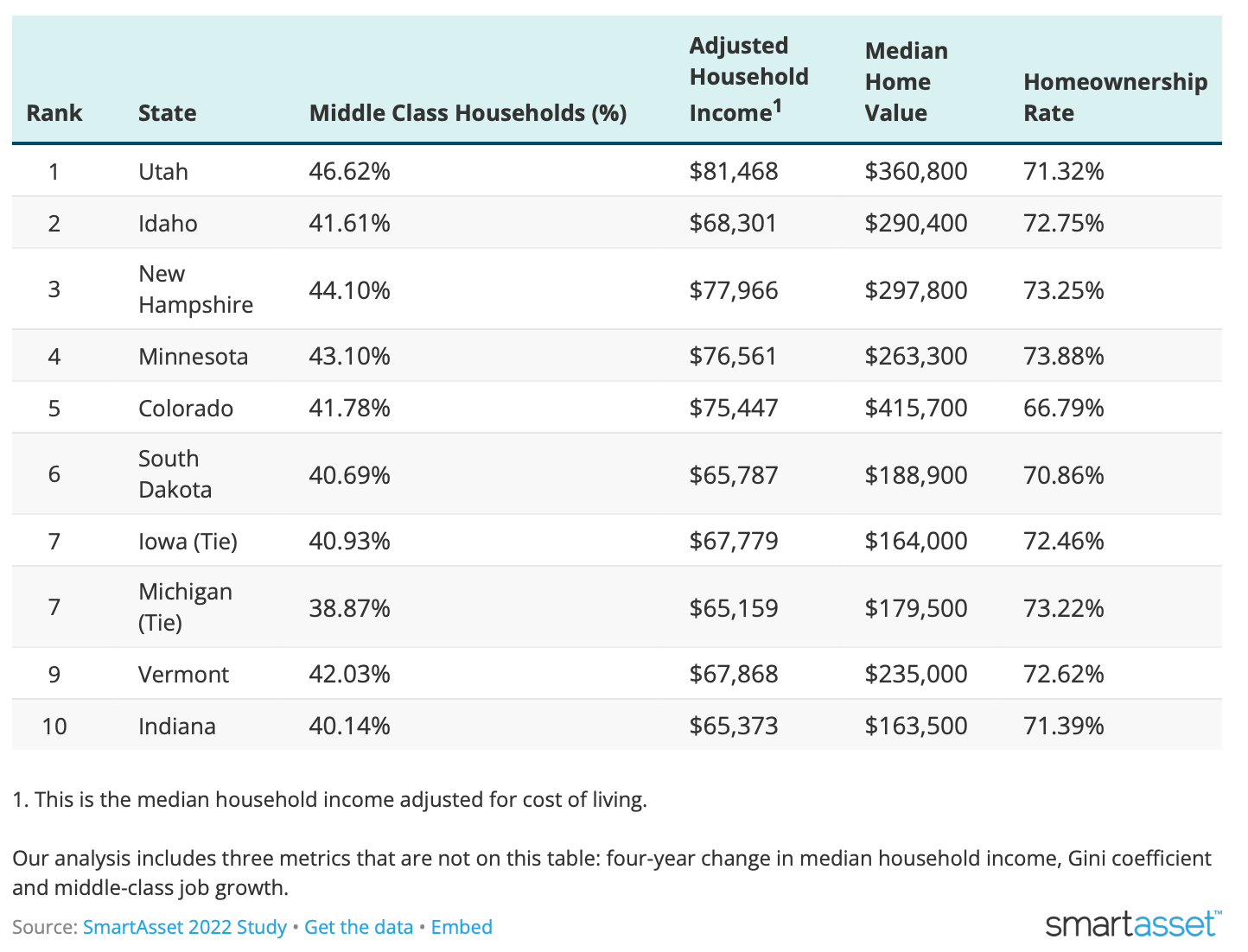Rainy Days Could Be Best for Home Showings
Although real estate pros know many buyers may be tempted to cancel a home tour if the weather is nasty weather, they say rainy days are actually the best circumstances to view homes.
Gail Hardy, a real estate pro in Knoxville, talks about the advantages of touring homes on a rainy day in a new TikTok video. She says a rainy day offers the potential to spot any water-related issues outside a home by watching how the water moves around a house.
In her TikTok video, she shows a pool of water next to the home’s foundation. She also shows how a gutter that has been clogged by rocks isn’t doing its job. That gutter could be preventing water from draining away from the house.
A home inspector can look at a home for grading or potential water issues. But a buyer who makes a visual inspection on an inclement day can also flag potential problems.
Buyers can also spot any potential water-related issues inside the house.
“Water is one of the most destructive issues for a homeowner, and it also creates issues that can often be missed,” Craig McCullough, a real estate pro in Washington, D.C., told Apartment Therapy. “Leaks in a ceiling, moisture in a basement, and mildew smells are heightened on a rainy day. If these are new leaks, they may not have developed water stains or dissolved drywall yet.”@gailsellsknoxville Best day to look at houses? #GailSellsKnoxville#homebuyingtips#rainyday#knoxvilletn#knoxvillerealestate#knoxvillehomes#drainage#gutters♬ original sound – Gail Hardy, Knoxville Realtor
7 Home Inspection Myths Source: “Here’s Why a Rainy Day Is the Best Day to Look at a House,” Apartment Therapy (May 3, 2022)
©National Association of REALTORS®
Reprinted with permission






